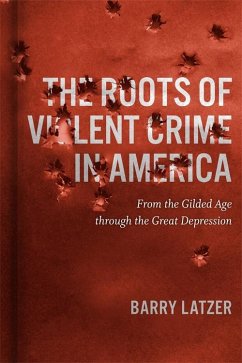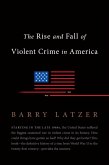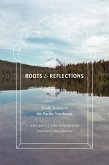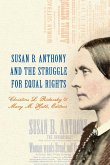The Roots of Violent Crime in America is criminologist Barry Latzer's comprehensive analysis of crimes of violence-including murder, assault, and rape-in the United States from the 1880s through the 1930s. Combining the theoretical perspectives and methodological rigor of criminology with a synthesis of historical scholarship as well as original research and analysis, Latzer challenges conventional thinking about violent crime of this era.
While scholars have traditionally cast American cities in the late nineteenth and early twentieth centuries as dreadful places, Latzer suggests that despite overcrowding and poverty, U.S. cities enjoyed low rates of violent crime, especially when compared to rural areas. The rural South and the thinly populated West both suffered much higher levels of brutal crime than the metropolises of the East and Midwest. Latzer deemphasizes racism and bigotry as causes of violence during this period, noting that while many social groups confronted significant levels of discrimination and abuse, only some engaged in high levels of violent crime. Cultural predispositions and subcultures of violence, he posits, led some groups to participate more frequently in violent activity than others. He also argues that the prohibition on alcohol in the 1920s did not drive up rates of violent crime. Though the bootlegger wars contributed considerably to the murder rate in some of America's largest municipalities, Prohibition also eliminated saloons, which served as hubs of vice, corruption, and lawlessness.
The Roots of Violent Crime in America stands as a sweeping reevaluation of the causes of crimes of violence in the United States between the Gilded Age and World War II, compelling readers to rethink enduring assumptions on this contentious topic.
While scholars have traditionally cast American cities in the late nineteenth and early twentieth centuries as dreadful places, Latzer suggests that despite overcrowding and poverty, U.S. cities enjoyed low rates of violent crime, especially when compared to rural areas. The rural South and the thinly populated West both suffered much higher levels of brutal crime than the metropolises of the East and Midwest. Latzer deemphasizes racism and bigotry as causes of violence during this period, noting that while many social groups confronted significant levels of discrimination and abuse, only some engaged in high levels of violent crime. Cultural predispositions and subcultures of violence, he posits, led some groups to participate more frequently in violent activity than others. He also argues that the prohibition on alcohol in the 1920s did not drive up rates of violent crime. Though the bootlegger wars contributed considerably to the murder rate in some of America's largest municipalities, Prohibition also eliminated saloons, which served as hubs of vice, corruption, and lawlessness.
The Roots of Violent Crime in America stands as a sweeping reevaluation of the causes of crimes of violence in the United States between the Gilded Age and World War II, compelling readers to rethink enduring assumptions on this contentious topic.
Dieser Download kann aus rechtlichen Gründen nur mit Rechnungsadresse in A, D ausgeliefert werden.









